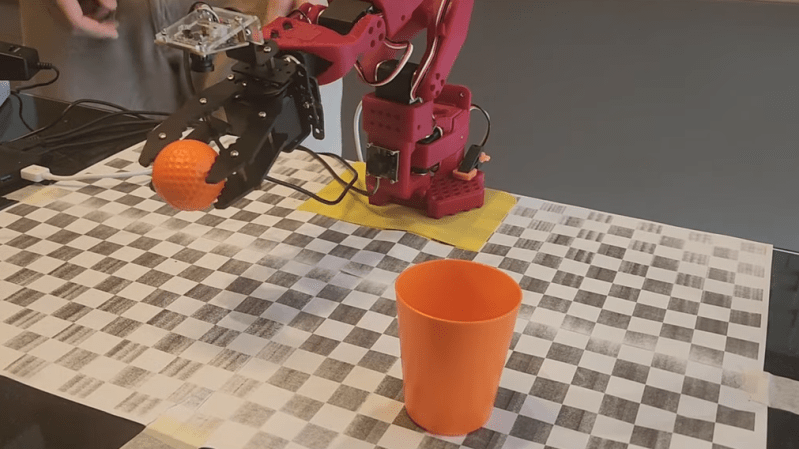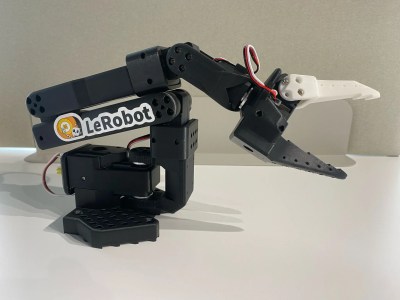LeRobot Brings Autonomy to Hobby Robots
Robotic arms have a lot in common with CNC machines in that they are usually driven by a fixed script of specific positions to move to, and actions to perform. Autonomous behavior isn’t the norm, especially not for hobby-level robotics. That’s changing rapidly with LeRobot, an open-source machine learning framework from the Hugging Face community.
The SO-101 arm is an economical way to get started.
If a quick browse of the project page still leaves you with questions, you’re not alone. Thankfully, [Ilia] has a fantastic video that explains and demonstrates the fundamentals wonderfully. In it, he shows how LeRobot allows one to train an economical 3D-printed robotic arm by example, teaching it to perform a task autonomously. In this case, the task is picking up a ball and putting it into a cup.
[Ilia] first builds a dataset by manually operating the arm to pick up a ball and place it in a cup. Then, with a dataset consisting of only about fifty such examples, he creates a machine learning model capable of driving the arm to autonomously pick up a ball and place it in a cup, regardless of where the ball and cup actually are. It even gracefully handles things like color changes and [Ilia] moving the cup and ball around mid-task. You can skip directly to 34:16 to see this autonomous behavior in action, but we do recommend watching the whole video for a highly accessible yet deeply technical overview.
LeRobot is a very flexible framework, capable of much more than just doing imitation learning on 3D-printed low-cost robot arms. But the main goal is to make this sort of thing accessible to just about anyone, as [Ilia] aptly demonstrates. We have seen tons of high-quality DIY robot arms, and since the LeRobot framework is both developing quickly and isn’t tied to any particular hardware, it might be powering the next robot project sooner than you think.
youtube.com/embed/DeBLc2D6bvg?…
hackaday.com/2025/08/23/lerobo…





